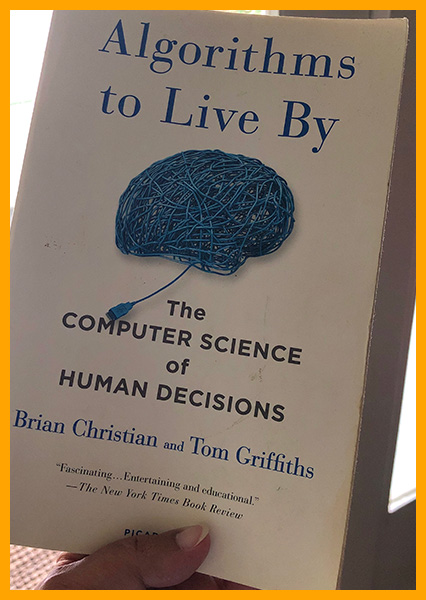Sayash Kapoor and Arvind Narayanan are writing a book about AI. The title is AI Snake Oil. They’ve been writing a Substack newsletter about it, and on Sept. 30 they published a post titled Eighteen pitfalls to beware of in AI journalism. Narayanan is a computer science professor at Princeton, and Kapoor is a former software engineer at Facebook and current Ph.D. student at Princeton.
“There is seldom enough space in a news article to explain how performance numbers like accuracy are calculated for a given application or what they represent. Including numbers like ‘90% accuracy’ in the body of the article without specifying how these numbers are calculated can misinform readers …”
—Kapoor and Narayanan
They made a checklist, in PDF format, to accompany the post. The list is based on their analysis of more than 50 articles from five major publications: The New York Times, CNN, the Financial Times, TechCrunch, and VentureBeat. In the Substack post, they linked to three annotated examples — one each from The New York Times, CNN, and the Financial Times. The annotated articles are quite interesting and could form a base for great discussions in a journalism class. (Note, in the checklist, the authors over-rely on one article from The New York Times for examples.)
Their goals: The public should be able to detect hype about AI when it appears in the media, and their list of pitfalls could “help journalists avoid them.”
“News articles often cite academic studies to substantiate their claims. Unfortunately, there is often a gap between the claims made based on an academic study and what the study reports.”
—Kapoor and Narayanan
Kapoor and Narayanan have been paying attention to the conversations around journalism and AI. One example is their link to How to report effectively on artificial intelligence, a post published in 2021 by the JournalismAI group at the London School of Economics and Political Science.
I was pleased to read this post because it neatly categorizes and defines many things that have been bothering me in news coverage of AI breakthroughs, products, and even ethical concerns.
- There’s far too much conflation of AI abilities and human abilities. Words like learning, thinking, guessing, and identifying all serve to obscure computational processes that are only mildly similar to what happens in human brains.
- “Claims about AI tools that are speculative, sensational, or incorrect”: I am continually questioning claims I see reported uncritically in the news media, with seemingly no effort made to check and verify claims made by vendors and others with vested interests. This is particularly bad with claims about future potential — every step forward nowadays is implied to be leading to machines with human-level intelligence.
- “Limitations not addressed”: Again, this is slipshod reporting, just taking what the company says about its products (or researchers about their research) and not getting assessments from disinterested parties or critics. Every reporter reporting on AI should have a fat file of critical sources to consult on every story — people who can comment on ethics, labor practices, transparency, and AI safety.
Another neat thing about Kapoor and Narayanan’s checklist: Journalism and mass communication researchers could adapt it for use as a coding instrument for analysis of news coverage of AI.
.

AI in Media and Society by Mindy McAdams is licensed under a Creative Commons Attribution-NonCommercial-NoDerivatives 4.0 International License.
Include the author’s name (Mindy McAdams) and a link to the original post in any reuse of this content.
.


